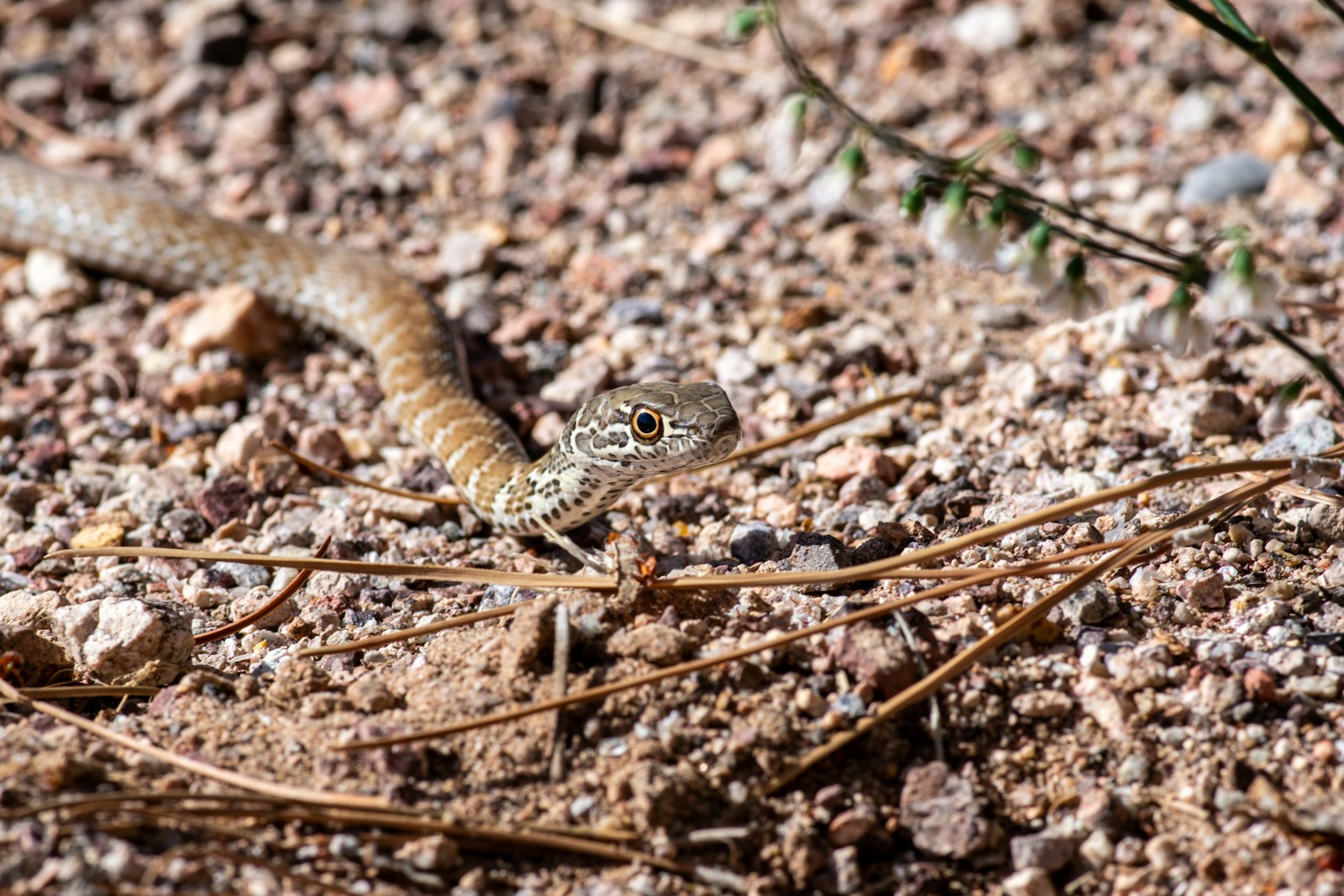Snakes are among nature’s most fascinating creatures, renowned for their diverse movement patterns and remarkable adaptations. While many people picture snakes moving in the classic S-shaped, side-to-side pattern, not all serpents travel this way. Some species have evolved to move in remarkably straight lines, a behavior that serves specific purposes and offers distinct advantages in certain environments. This straight-line locomotion, known as rectilinear movement, represents just one of several fascinating movement techniques in the serpent world. Let’s explore why some snakes choose to slither straight, the mechanics behind this movement, and the evolutionary advantages it provides.
The Basic Types of Snake Locomotion
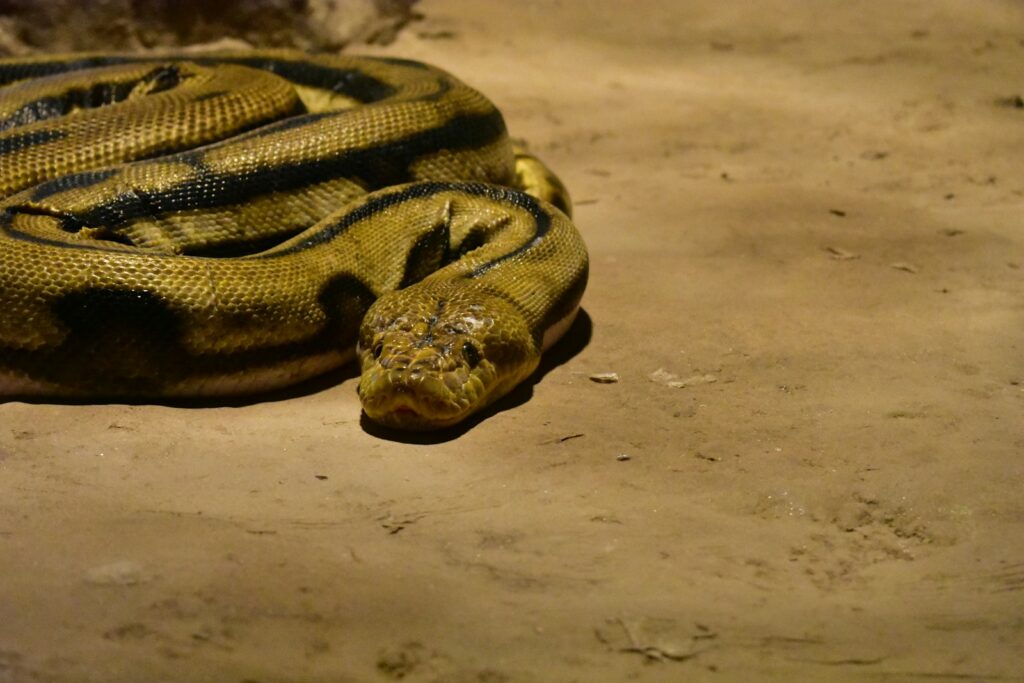
Snakes have evolved four primary methods of movement to navigate their environments effectively. The most common and recognizable is lateral undulation, the S-shaped pattern where the snake pushes against surface irregularities to propel forward. Sidewinding, primarily used by desert-dwelling species, involves the snake throwing its body in a series of J-shaped loops across loose sand. Concertina movement involves the snake alternatively anchoring and extending its body, particularly useful in tight spaces like burrows. Finally, there’s rectilinear locomotion—the straight-line movement that allows certain snakes to advance with minimal lateral motion, creating what appears to be a direct, straight path across the ground.
Understanding Rectilinear Movement
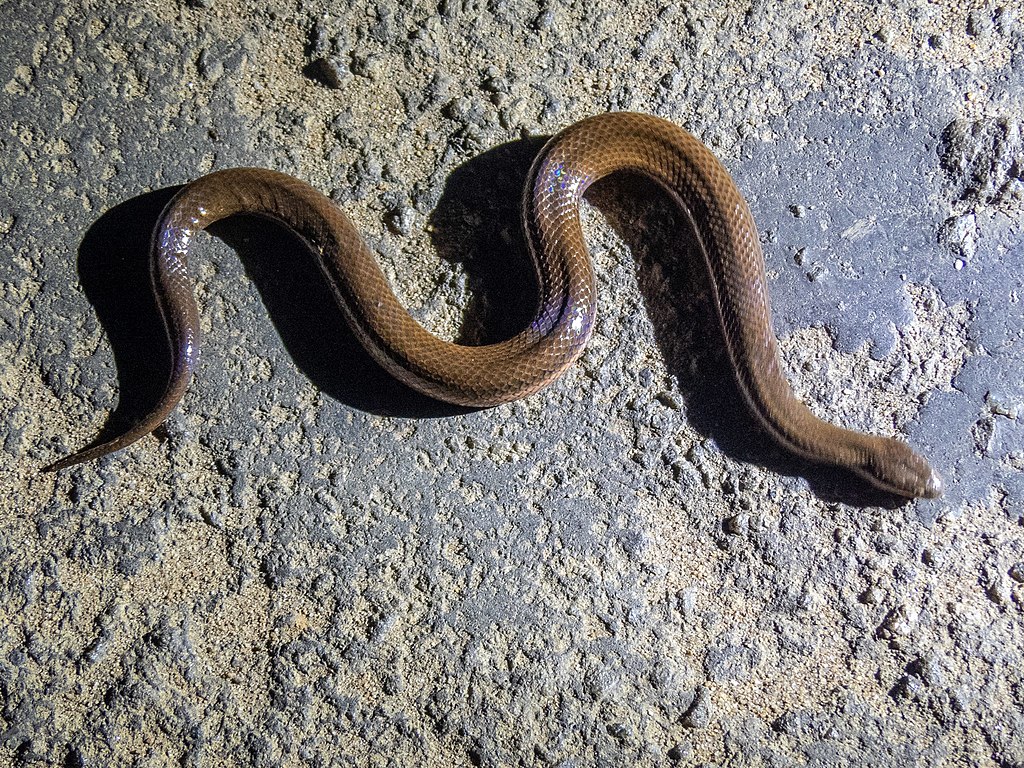
Rectilinear locomotion is the specialized movement pattern that enables some snakes to travel in remarkably straight lines. Unlike the familiar S-shaped pattern, this technique involves the snake’s ventral scales (belly scales) working in coordinated waves of contraction and extension. The snake essentially “walks” on these specialized scales, lifting and setting them down in sequence while keeping its body relatively straight. This movement resembles a caterpillar’s crawl but is adapted to a snake’s elongated body. As one section of scales grips the ground, another section lifts and moves forward, creating a smooth, continuous forward motion without the side-to-side undulations typically associated with serpentine movement.
The Anatomy Behind Straight-Line Movement
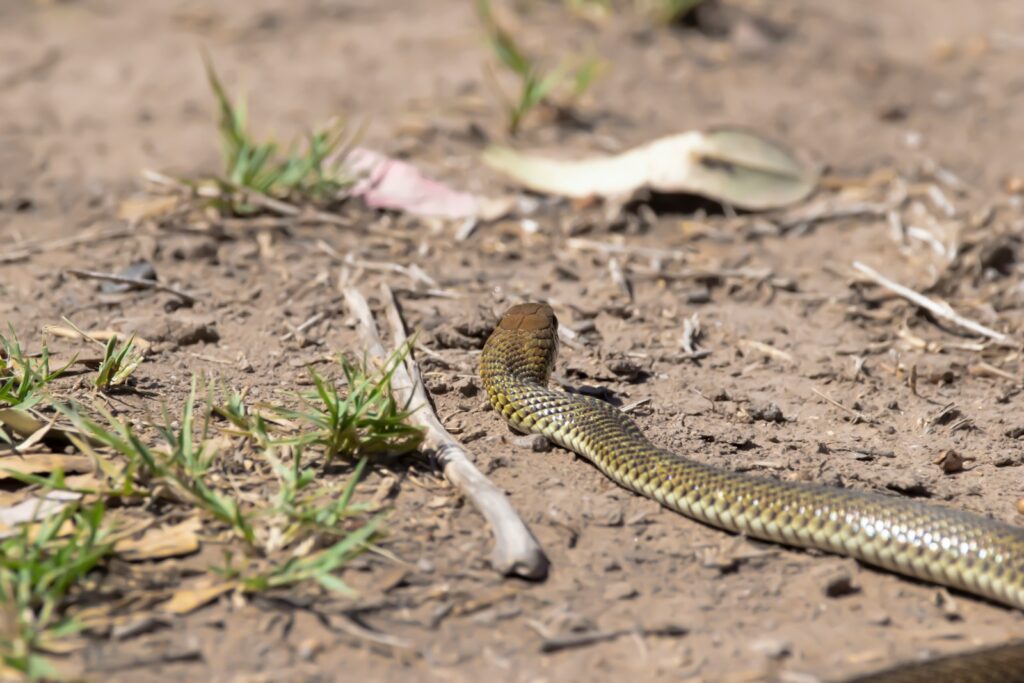
The ability to move in straight lines depends on specialized anatomical features that some snake species possess. The most crucial elements are the large, overlapping ventral scales that run along the snake’s underside. These scales can be controlled individually through an intricate network of muscles and ribs, allowing the snake to manipulate them with remarkable precision. Each ventral scale can grip and release the ground independently, functioning almost like tiny feet. Additionally, the snake’s flexible skeleton and specialized musculature work together to create the necessary pushing force while maintaining the body’s alignment. This anatomical arrangement allows for the sequential gripping and releasing of scales that propel the snake forward in a straight path.
Which Snake Species Move in Straight Lines?
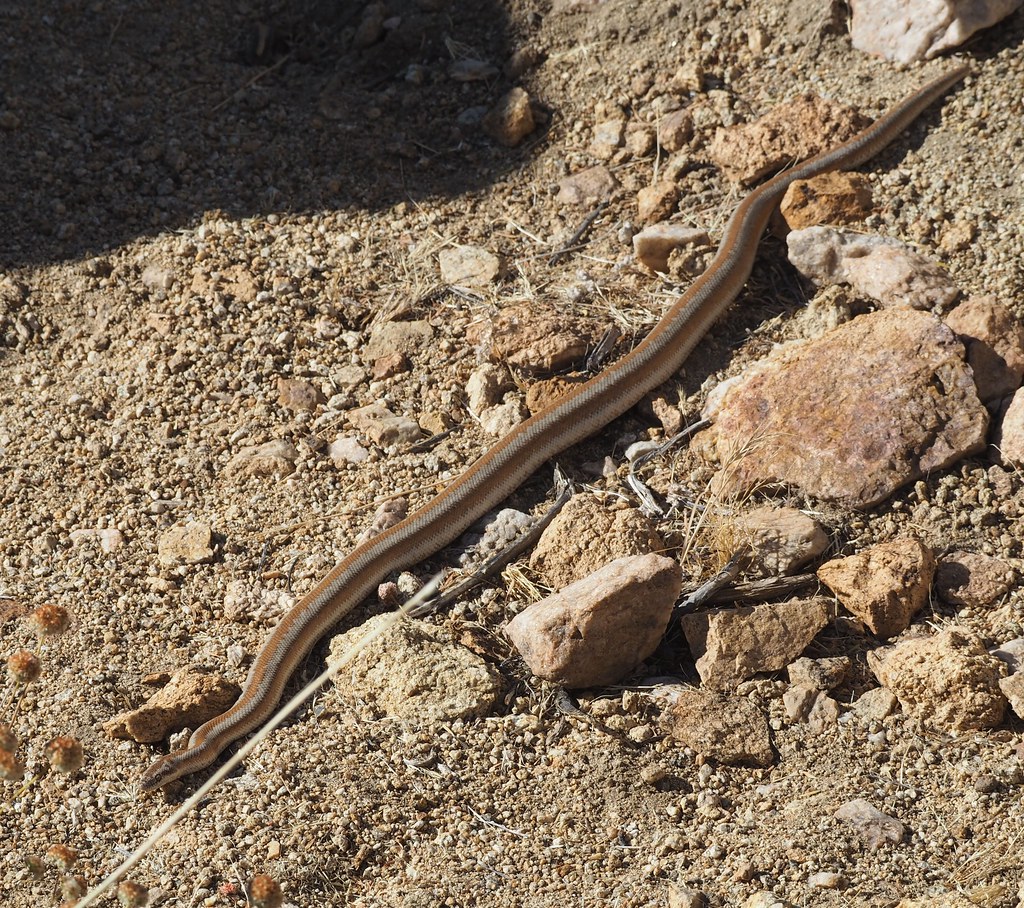
Straight-line movement is most commonly observed among the larger, heavier-bodied snake species. Pythons and boas are prime examples of snakes that frequently employ rectilinear locomotion, particularly when moving at slower speeds. The massive reticulated python, which can exceed 20 feet in length, often uses this method to conserve energy while hunting or exploring. North American species like the bullsnake and various rat snakes will also use straight-line movement when traversing open terrain. Many venomous snakes, including certain vipers and some cobras, employ this technique when stalking prey or moving deliberately through their habitat. Interestingly, many water snakes will also move in relatively straight lines when traversing land between aquatic environments.
Energy Efficiency Benefits
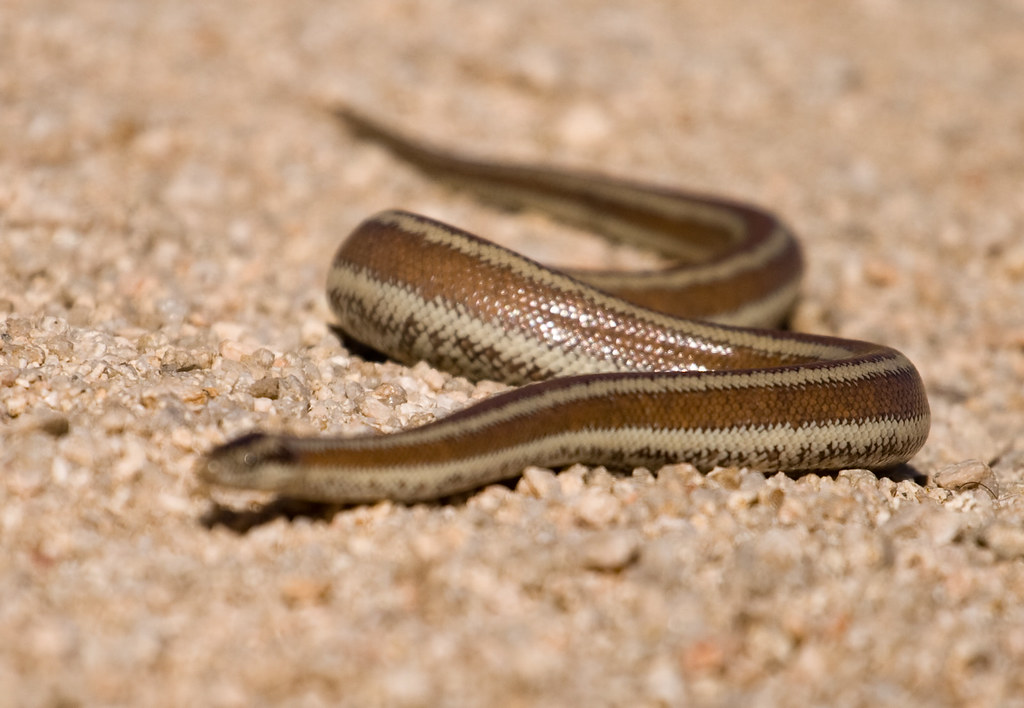
One of the primary reasons some snakes adopt straight-line movement is the significant energy efficiency it offers. For large, heavy-bodied species like pythons and boas, the energy cost of continuous side-to-side undulation would be prohibitively high, especially during extended travel. Rectilinear locomotion allows these snakes to conserve valuable energy while still making forward progress. Research has shown that for appropriate species, straight-line movement can reduce energy expenditure by up to 30% compared to lateral undulation over the same distance. This efficiency becomes particularly important for snakes that ambush their prey rather than actively pursuing it, as it allows them to preserve energy for the explosive strikes that characterize their hunting style.
Stealth Advantages of Straight Movement

Moving in a straight line offers significant stealth advantages that have directly influenced the hunting success of many snake species. The minimal lateral movement reduces visual detection by potential prey, as there’s less motion to catch the eye of vigilant animals. The slower, more controlled pace of rectilinear locomotion also minimizes ground vibrations that might alert sensitive prey species. Many ambush predators, like certain pythons and vipers, utilize this movement pattern when slowly approaching unsuspecting prey. Additionally, the straight-line approach allows these snakes to maintain a consistent directional focus on their target, enabling more precise strikes when they finally launch their attack.
Environmental Adaptations
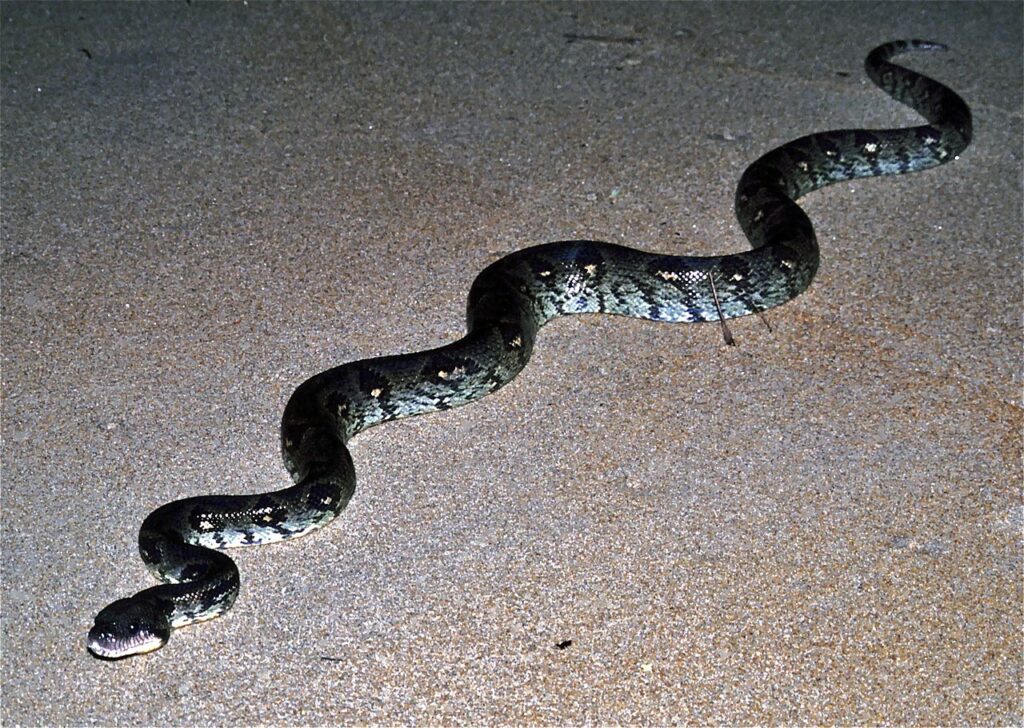
The terrain a snake inhabits plays a crucial role in determining which locomotion method offers the greatest advantage. Straight-line movement excels in environments with smooth, even surfaces where lateral undulation would provide fewer points of leverage. This explains why many snakes adopt rectilinear locomotion when crossing roads, rock faces, or other relatively flat surfaces. Heavy-bodied species that frequently traverse densely vegetated areas may also prefer straight-line movement, as it requires less horizontal space than S-shaped patterns. Some forest-dwelling constrictors have evolved to be particularly adept at this movement style, allowing them to navigate efficiently through the complex understory of their habitat without catching their bodies on vegetation.
Speed Considerations
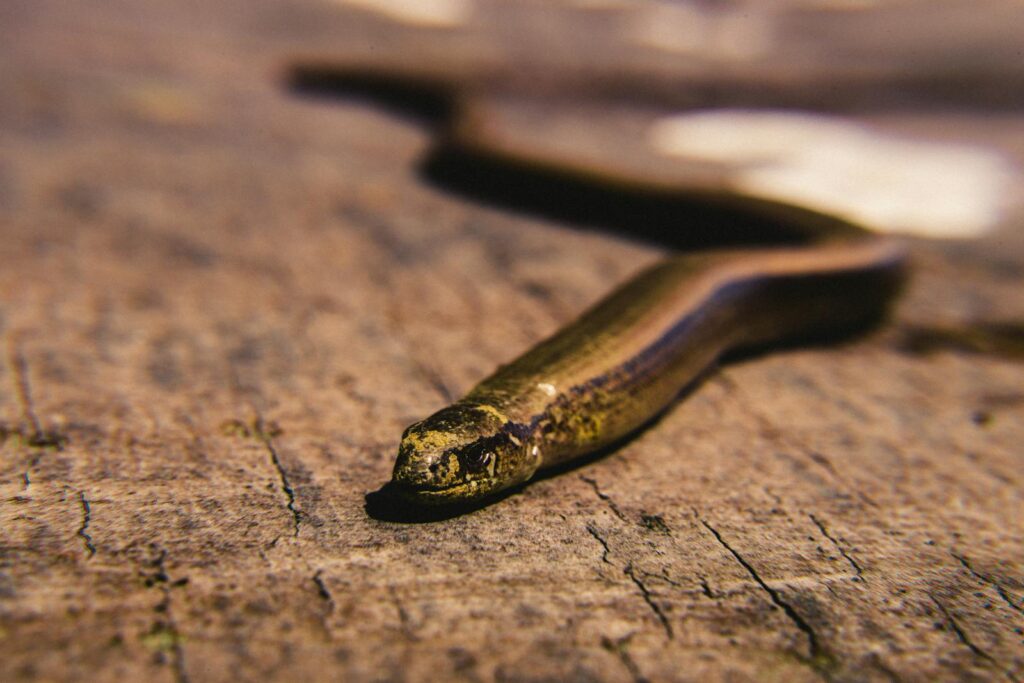
When it comes to speed, straight-line movement represents a significant trade-off for snakes. Rectilinear locomotion is invariably slower than lateral undulation, with most snakes achieving only a fraction of their maximum potential speed when moving in straight lines. Large pythons, for example, might move at just 1-2 miles per hour using rectilinear movement, compared to 3-5 miles per hour when employing lateral undulation. This explains why snakes typically reserve straight-line movement for situations where stealth or energy efficiency takes precedence over speed. Many species will switch between movement patterns as circumstances dictate, using rectilinear locomotion during calm exploration or stalking, then shifting to faster lateral undulation when fleeing predators or pursuing fast-moving prey.
The Role of Body Size and Shape
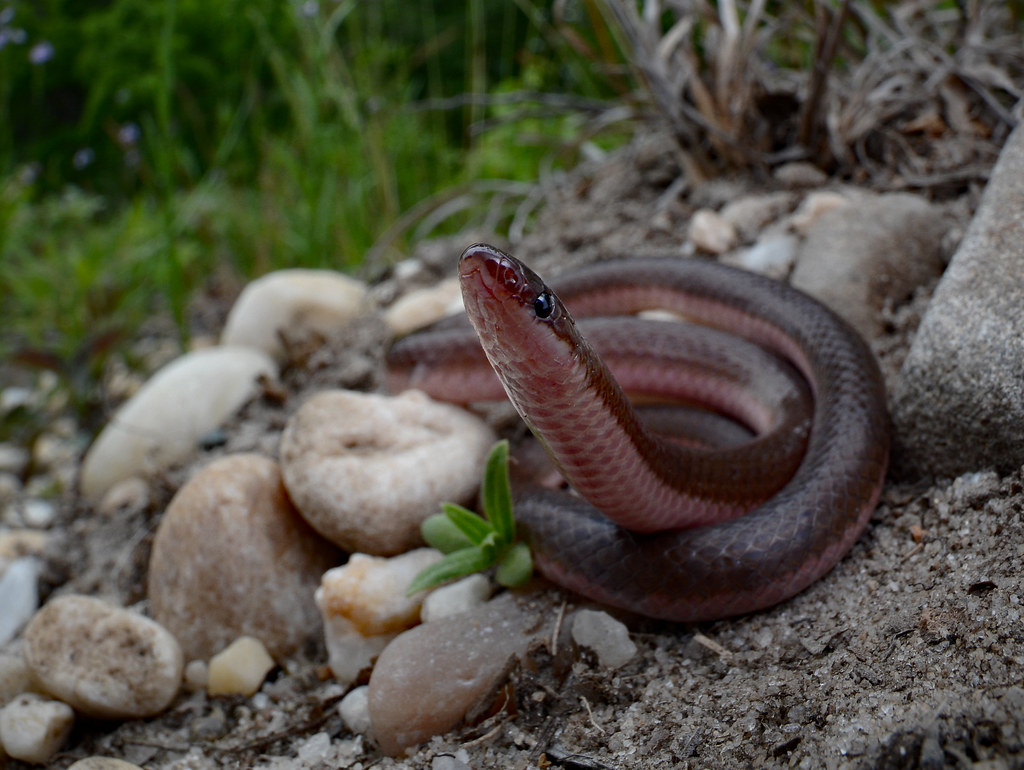
A snake’s physical dimensions significantly influence its tendency to use straight-line locomotion. Larger, heavier-bodied species typically employ rectilinear movement more frequently than their smaller counterparts. This correlation exists because the energy cost of lateral undulation increases dramatically with body mass, making straight-line movement comparatively more efficient for larger snakes. Body length also plays a role, with exceptionally long species like the reticulated python often defaulting to rectilinear locomotion during routine movement. The ratio of body length to diameter further influences locomotion choices, with stouter snakes generally relying more on straight-line movement than slender species of equal length. These physical characteristics have co-evolved with movement preferences over millions of years, creating specialized locomotion patterns optimized for each species’ body type.
Straight-Line Movement During Hunting
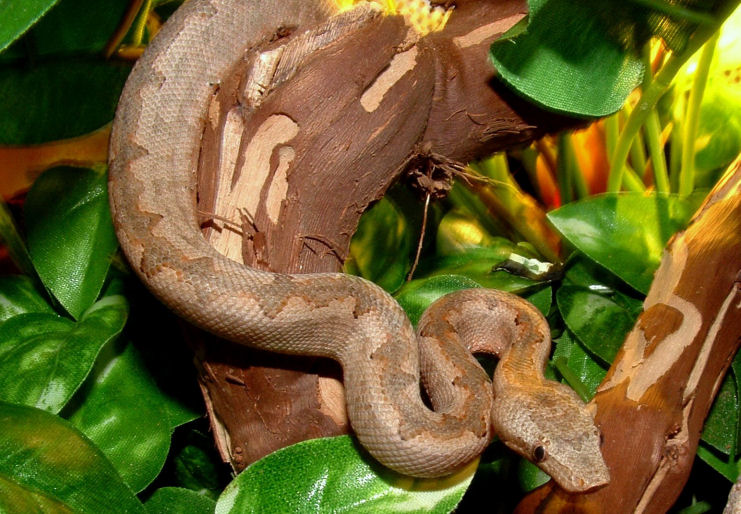
For many snake species, straight-line locomotion plays a crucial role in hunting strategy, particularly among ambush predators. Vipers, pythons, and boas often employ rectilinear movement when stalking prey, allowing them to approach without alerting their target. The minimal lateral motion reduces visual cues that might trigger a prey animal’s flight response. Once within striking range, these snakes can transition directly from straight-line movement to their explosive strike without the telegraphing motion that might accompany a shift from S-shaped undulation. Some specialized hunters, like certain tree pythons, have even developed the ability to project their heads forward in a straight line during strikes, extending their effective range considerably. This hunting advantage has helped drive the evolution and refinement of straight-line movement capabilities across multiple snake families.
Defensive Applications
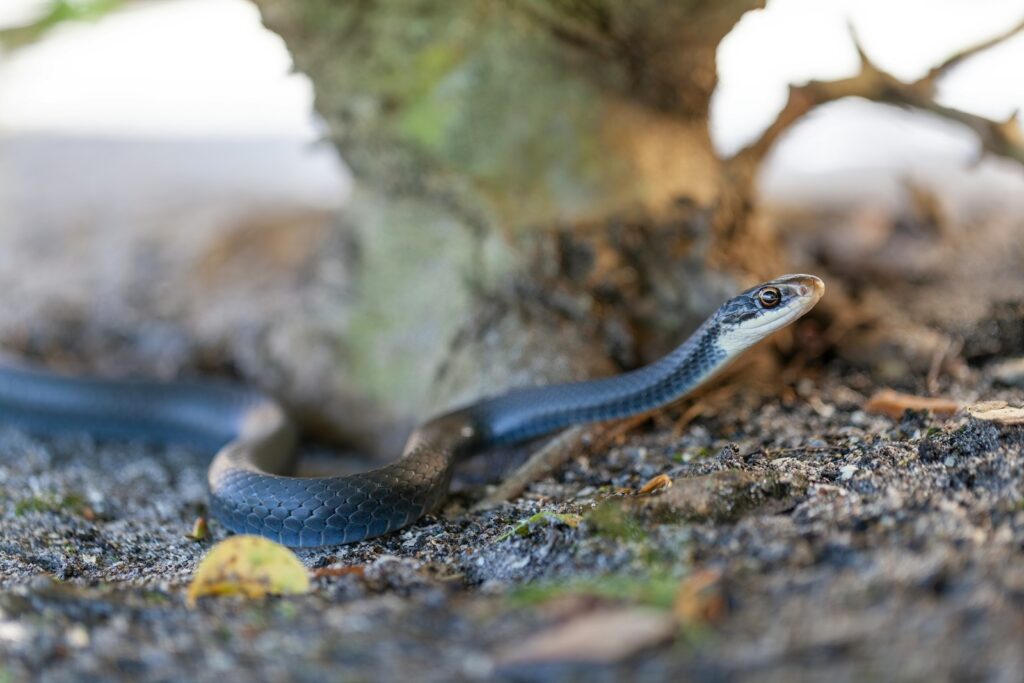
Beyond hunting, straight-line locomotion serves important defensive purposes for many snake species. When threatened, some snakes will adopt rectilinear movement to retreat in a controlled, deliberate manner while maintaining visual contact with the potential threat. This allows them to monitor the predator while simultaneously creating distance. Other species use straight-line movement to approach threatening stimuli directly, particularly when performing intimidation displays. Certain cobras, for example, may advance toward a threat using rectilinear locomotion before rearing up and spreading their hoods. The ability to move forward with minimal lateral motion enables these snakes to maintain an imposing frontal orientation throughout their approach, maximizing the psychological impact of their defensive display.
Evolutionary Development of Straight Movement
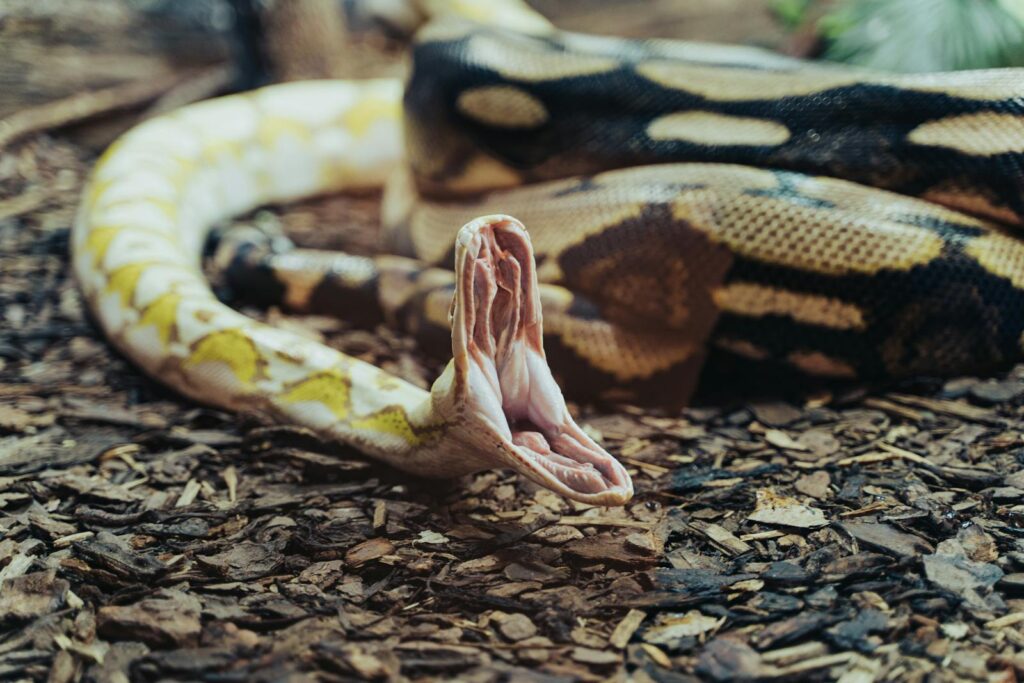
The capacity for straight-line movement represents millions of years of evolutionary refinement in the snake lineage. Fossil evidence suggests that early snakes primarily relied on lateral undulation, with rectilinear locomotion emerging later as a specialized adaptation. The transition likely began with the development of larger ventral scales that provided improved ground contact and control. This adaptation would have offered immediate benefits in certain environments, driving further specialization of the musculature and nervous system control needed for coordinated straight-line movement. Interestingly, the evolution of rectilinear locomotion appears to have occurred independently in multiple snake lineages, suggesting its significant adaptive value. Today’s straight-line specialists represent the culmination of this evolutionary process, with their highly refined ventral scale structure and neural control systems optimized for this specialized form of movement.
Observing Straight-Line Movement in the Wild

Witnessing a snake using rectilinear locomotion in its natural habitat offers a fascinating glimpse into serpent behavior that many people never experience. The best opportunities typically occur when observing larger snake species like pythons, boas, or substantial rat snakes as they explore open areas at a leisurely pace. Patient wildlife watchers might notice the distinctive forward gliding motion, with the snake’s body maintaining a remarkably consistent path across the ground. Dawn and dusk often provide ideal viewing conditions, as many snake species are more active during these transitional periods. Conservation areas and national parks in regions with large native snake populations, such as the Everglades in Florida or various tropical preserves in Southeast Asia, offer particularly good opportunities to observe this behavior in a natural setting.
The ability of certain snakes to move in straight lines represents a remarkable adaptation that highlights the diversity of locomotion strategies in the reptile world. This specialized movement pattern, driven by the coordinated action of ventral scales and supporting musculature, offers significant advantages in terms of energy efficiency, stealth, and specific environmental conditions. While not the fastest method of snake travel, rectilinear locomotion serves vital purposes in hunting, defense, and general navigation for the species that employ it. As with many aspects of natural history, this seemingly simple behavior—moving in a straight line—reveals the complex interplay of evolution, anatomy, and environmental adaptation that shapes all life on our planet. The next time you encounter a large snake moving with that distinctive straight-ahead glide, you’ll appreciate the remarkable evolutionary refinement behind its seemingly simple journey.

